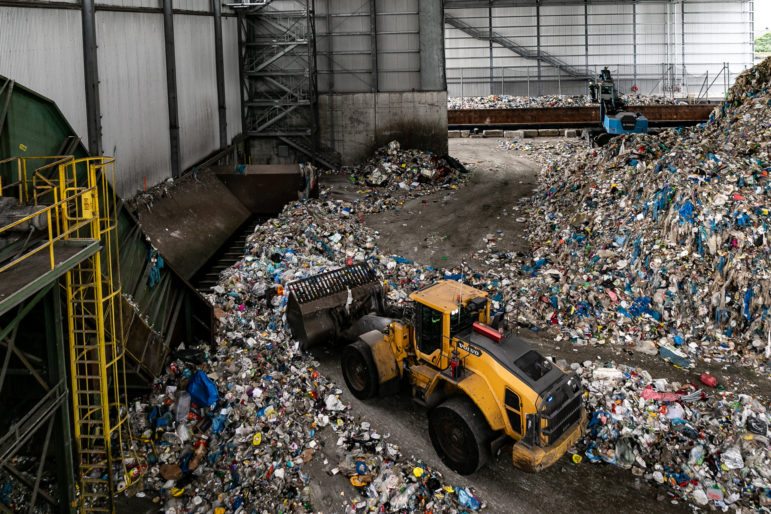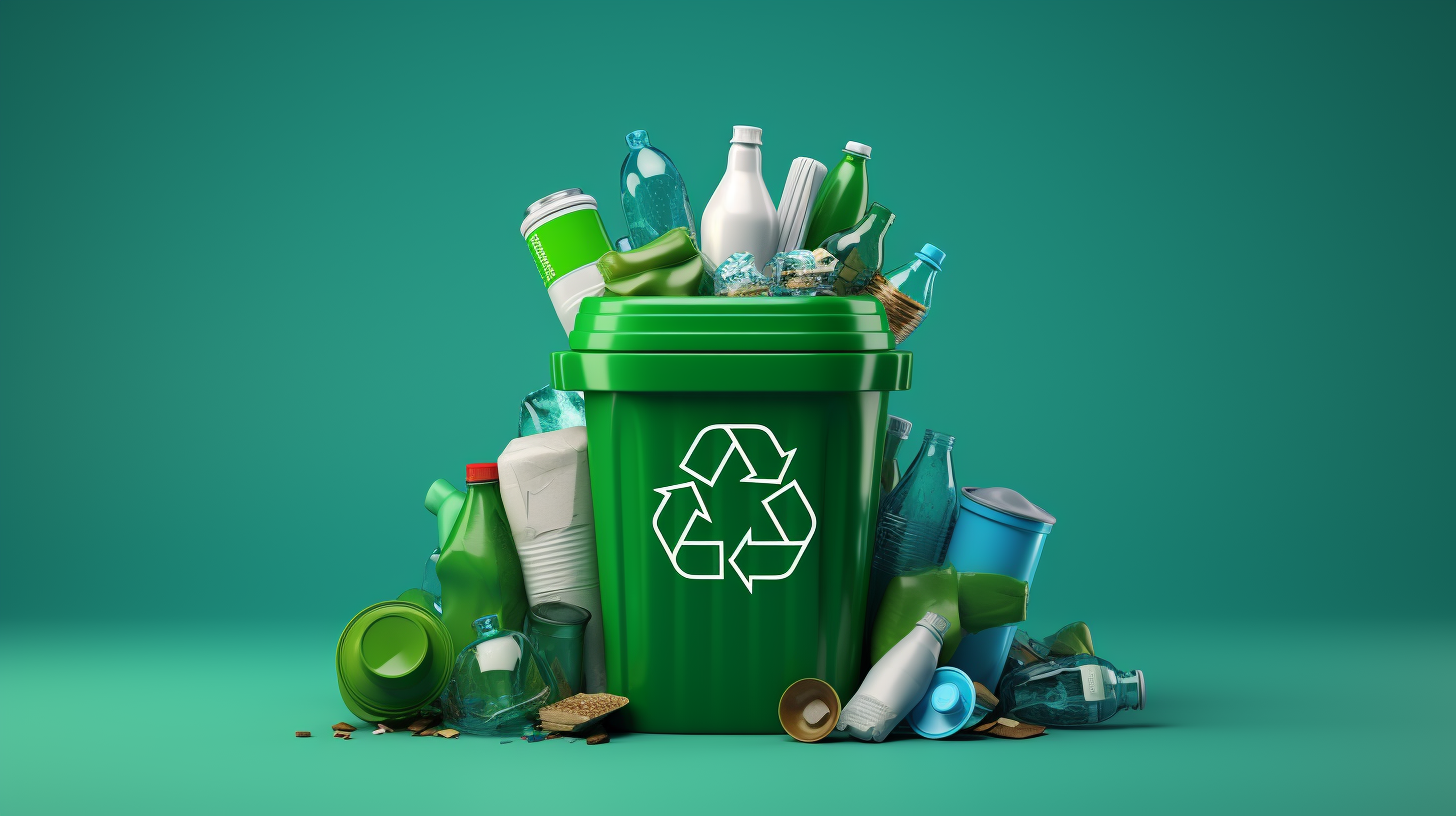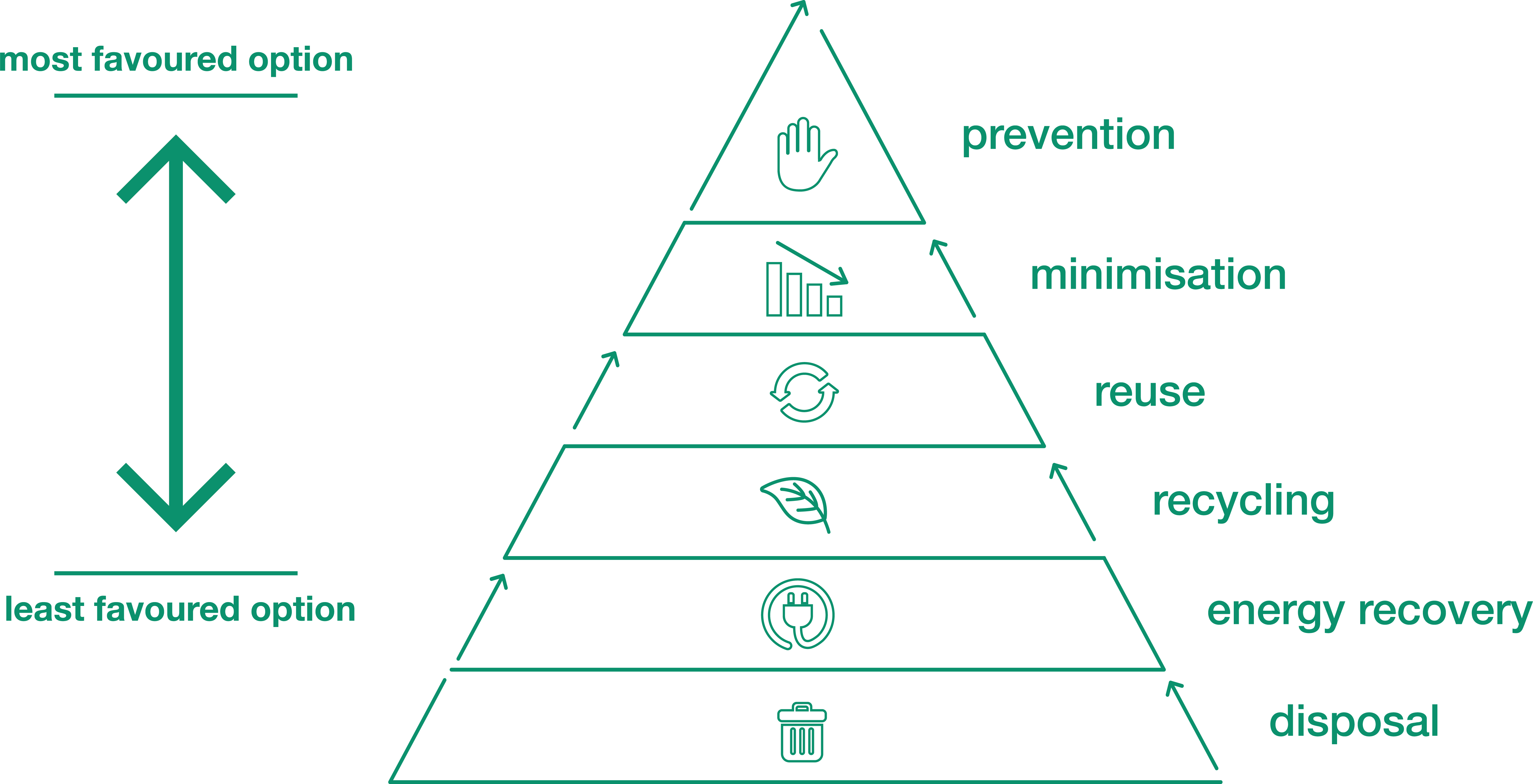How Recycling Lives Services Help In Reducing Environmental Impacts
How Recycling Lives Services Help In Reducing Environmental Impacts
Blog Article
Exploring Different Kinds Of Waste in Modern Waste Management Solution
The contemporary landscape of waste monitoring entails browsing a complex selection of waste types, each needing specialized handling and disposal methods to minimize environmental influences. Local solid waste, harmful waste, digital waste, and organic waste each present distinctive obstacles and possibilities for source recuperation.
Local Solid Waste
Local strong waste, frequently described as home trash or waste, incorporates a range of discarded products generated by residential, business, and institutional sources within a municipality. This waste stream commonly consists of items such as product packaging, food scraps, lawn trimmings, paper, plastics, textiles, and thrown out house items. The management of community solid waste is an important element of city preparation and public health and wellness, necessitating effective collection, transport, and disposal systems.
Efficient waste monitoring systems are developed to decrease environmental influence while making best use of resource recuperation. This commonly involves a mix of approaches including landfilling, recycling, and composting. Recycling programs target materials like paper, glass, steels, and particular plastics, diverting them from landfills and reestablishing them right into the production cycle. Composting organic waste, such as food scraps and lawn trimmings, not just lowers landfill usage however additionally generates valuable soil changes.
Communities must also deal with the economic and logistical challenges connected with waste management. Implementing pay-as-you-throw systems, enhancing public recognition, and purchasing modern technology can dramatically boost waste diversion rates. By integrating these practices, communities can foster lasting areas, lower greenhouse gas exhausts, and preserve natural resources.
Hazardous Waste

Effective hazardous waste management involves numerous crucial steps: recognition, partition, therapy, and disposal. Segregation guarantees that dangerous materials are saved independently from non-hazardous waste to stop cross-contamination.
Governing frameworks, such as the Source Conservation and Healing Act (RCRA) in the United States, provide standards and criteria for unsafe waste administration. Adherence to these policies, coupled with advancements in waste therapy innovations, is important in reducing the threats connected with contaminated materials.
Digital Waste
Digital waste, frequently referred to as e-waste, stands for a swiftly growing challenge in waste management systems around the world. This kind of waste includes disposed of electronic tools and tools such as smart devices, computer systems, televisions, and various other digital home appliances. The fast pace of technical improvement, coupled with lowering product lifespans and consumer need for the latest devices, has actually exponentially enhanced the volume of e-waste created each year.
E-waste is especially bothersome as a result of its intricate make-up, frequently containing unsafe substances like mercury, lead, and cadmium, which posture considerable environmental and health and wellness threats otherwise effectively managed. On the other hand, e-waste additionally has useful products such as copper, silver, and gold, which can be recovered and recycled. The dual nature of e-waste-- both hazardous and valuable-- requires specialized handling, reusing, and disposal procedures.
Effective e-waste management includes rigorous regulative frameworks, robust collection systems, and progressed recycling modern technologies. Public recognition and participation are vital, as inappropriate disposal techniques, such as prohibited dumping and informal recycling, aggravate environmental contamination and carcinogen. As a result, enhancing e-waste management practices is important for reducing ecological impact and recouping valuable resources in a significantly look at here now electronic world.

Organic Waste
Organic waste, consisting of kitchen scraps, lawn trimmings, and farming deposits, stands for a significant section of the worldwide waste stream. This type of waste is biodegradable, see post suggesting it can be damaged down by microbes right into less complex organic substances. Despite its capacity for natural disintegration, improper monitoring of natural waste can bring about unfavorable ecological influences, consisting of the discharge of greenhouse gases such as methane, which add to climate change.
Effective monitoring of organic waste is important for minimizing these environmental impacts (recycling lives services). Composting is a widely embraced method, changing natural waste right into nutrient-rich compost that can improve dirt health and wellness and farming performance. Additionally, anaerobic digestion is an arising technology that converts organic waste right into biogas, a renewable energy source, and digestate, which can be used as plant food
Municipalities and waste administration entities have to apply robust organic waste collection and therapy programs to make the most of the advantages of these procedures. Public education campaigns can additionally play a critical function in motivating homes and companies to separate natural waste from other kinds of waste. By prioritizing the management of natural waste, cultures can decrease land fill usage, reduced greenhouse gas discharges, and create beneficial by-products for agricultural usage.

Cutting-edge Waste Management
In the realm of waste administration, ingenious methodologies are transforming how cultures handle their refuse, going for sustainability and effectiveness. These developments incorporate a variety of modern technologies and practices that enhance reusing prices, lower garbage dump dependence, and reduced ecological impact. One famous development is the implementation of clever waste containers outfitted with sensing units that keep an eye on fill degrees and maximize collection courses. This not only minimizes fuel usage but additionally reduces greenhouse gas emissions.
Another notable development is the adoption of waste-to-energy (WtE) technologies. By transforming non-recyclable waste into useful energy via procedures such as incineration and anaerobic food digestion, WtE decreases land fill concern and provides a renewable resource resource. Additionally, innovations in chemical recycling permit for the break down of intricate Recommended Reading plastics right into their initial monomers, making it possible for the development of new, top notch plastic products.
Moreover, the circular economic climate design is getting traction, highlighting the layout of items and systems that prioritize reusability and resource effectiveness. This alternative technique motivates industries to reduce waste generation from the beginning. With these cutting-edge techniques, contemporary waste monitoring systems are not just dealing with the prompt challenges of garbage disposal yet additionally paving the method for a much more lasting future.
Conclusion
A thorough understanding of community solid waste, contaminated materials, electronic waste, and natural waste, combined with the application of cutting-edge waste management options, is essential for reducing environmental influences. Integrating technologies such as wise waste containers and waste-to-energy systems can improve efficiency and sustainability. Efficient waste management methods not only foster resource recuperation however also promote public awareness and engagement, eventually adding to the development of a circular economy.
The modern landscape of waste administration includes navigating an intricate selection of waste types, each needing specialized handling and disposal techniques to mitigate ecological influences. Community strong waste, harmful waste, digital waste, and organic waste each present unique difficulties and possibilities for source recovery.Electronic waste, generally referred to as e-waste, stands for a swiftly expanding obstacle in waste administration systems globally. Via these innovative techniques, modern waste administration systems are not just attending to the prompt obstacles of waste disposal yet additionally leading the means for a more sustainable future.
A detailed understanding of municipal solid waste, harmful waste, digital waste, and natural waste, coupled with the implementation of cutting-edge waste management remedies, is imperative for mitigating environmental impacts. (recycling lives services)
Report this page